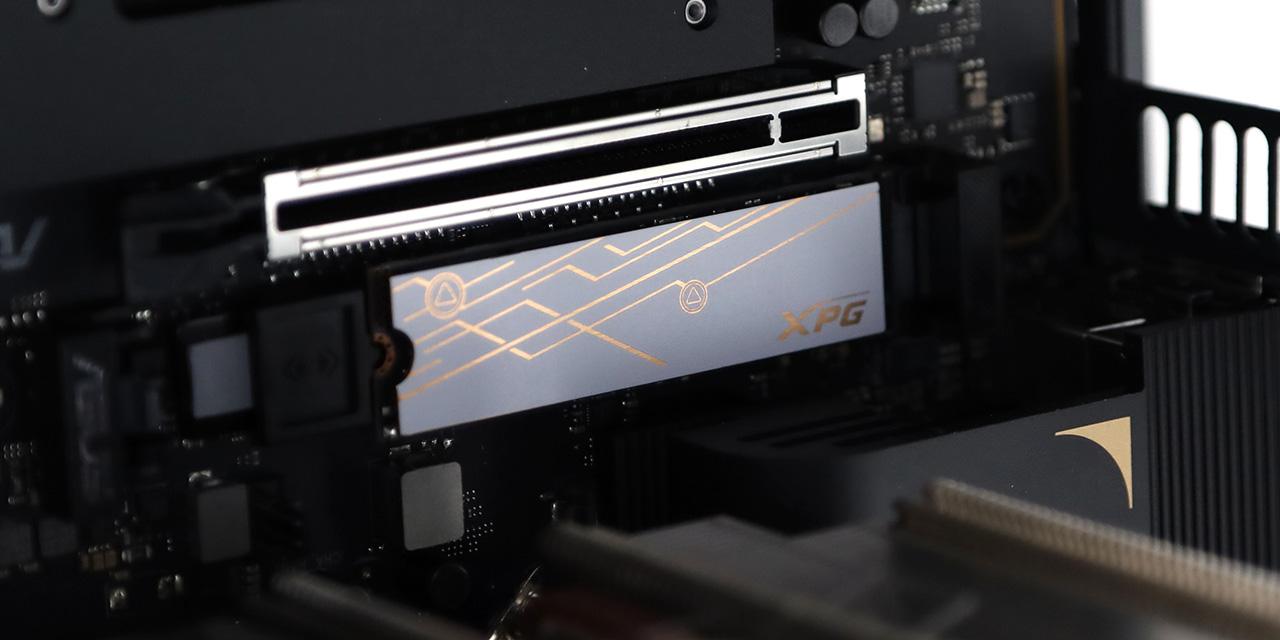From Tom's Hardware: Nvidia has quietly removed some of the concurrent video encoding limitations from its consumer graphics processing units, so they can now encode up to five streams. The move will simplify the life of video enthusiasts, but Nvidia's data center grade and professional GPUs will continue to have a massive edge over consumer products as now Nvidia does not restrict the number of concurrent sessions on them.
Nvidia has increased the number of concurrent NVENC encodes on consumer GPUs from three to five, according to the company's own Video Encode and Decode GPU Support Matrix(opens in new tab). This is effective for dozens of products based on the Maxwell 2nd Gen, Pascal, Turing, Ampere, and Ada Lovelace microarchitectures (except some MX-series products) and released in the last eight years or so. However, the number of concurrent NVDEC decodes in these GPUs is still limited to one stream.
The change does not affect the number of NVENC and NVDEC hardware units activated in Nvidia's consumer GPUs. For example, Nvidia's latest AD102 graphics processor, based on the Ada Lovelace architecture, features three hardware NVENC encoders(opens in new tab) and three NVDEC decoders. All three are enabled on Nvidia's RTX 6000 Ada and L40 boards for workstations and data centers, but only two are active on consumer-grade GeForce RTX 4090.
View: Full Article





